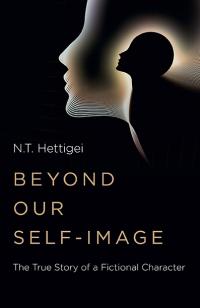
 By Nimue Brown
By Nimue Brown
Writing a book is only half of it. To my mind, the book doesn’t truly exist until someone else reads it and provides the other half of the book’s life. This is one of the reasons writing just for myself has always seemed a bit pointless to me. Half of the process is missing, unless someone else is involved. Books are meant to be read.
There are things that happen when a person reads a book. Mostly they happen in the gaps. As readers, we fill in the spaces, the back stories, the silence between chapter headings, the missing motives, the what happened next. In many ways, a good book is a book that creates amazing spaces for the reader’s imagination to play in. If everything is tidy, well explained and made clear, there’s not much room for the reader to undertake their half of the creative process, and so the experience is less satisfying.
As an author, my measure of whether a book really works may seem odd, but it goes like this. In the review process, does someone come up with something I’ve never thought of in relation to the book? It could be about anything – meanings, influences, back story, the nature of a character, the themes, what should happen next, what happened in that bit I didn’t write about... If something like this happens, and a new story emerges from the story I wrote, then, and only then do I chalk the book up as a success.
As a reader I love stories that make me think. It’s the holes and ambiguities that hold the magic, if the forms shaping them are well enough crafted for that to work. These spaces let us imagine ourselves into the story. They let us bring our own stories to the tale and see the parallels. Or re-write the story to fit our own needs.
What the author meant is nothing like as interesting as where the book enables the reader to go.
Nimue Brown’s novel, Intelligent Designing for Amateurs, can be found here...
Categories:
0 comments on this article







